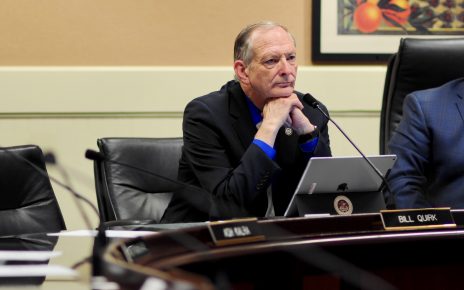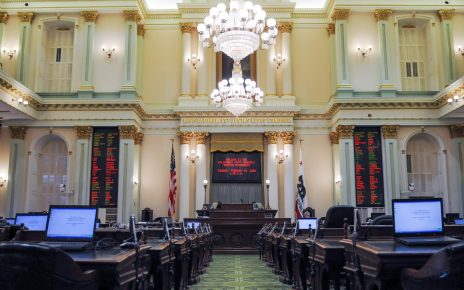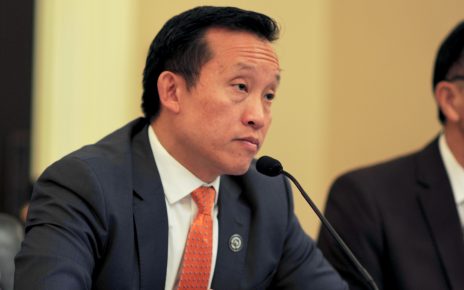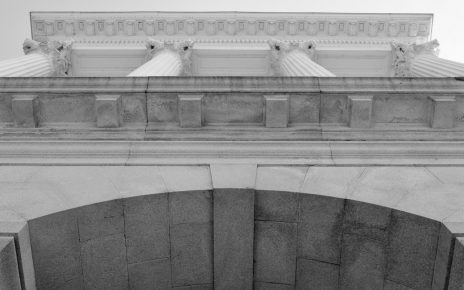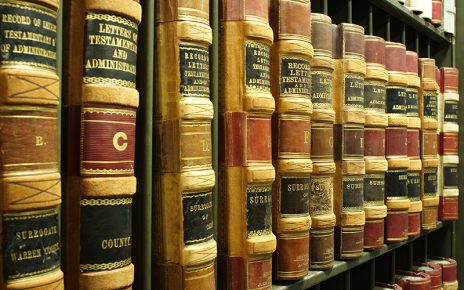AB 545 Requests UC Regents Review of Tax Expenditures
On February 10, Assemblyman Bill Quirk (D-Hayward) introduced Assembly Bill 545 to have the University of California conduct research on California’s tax expenditures. The bill would add Section 42 to the Revenue and Taxation Code. AB 545 would request the...

